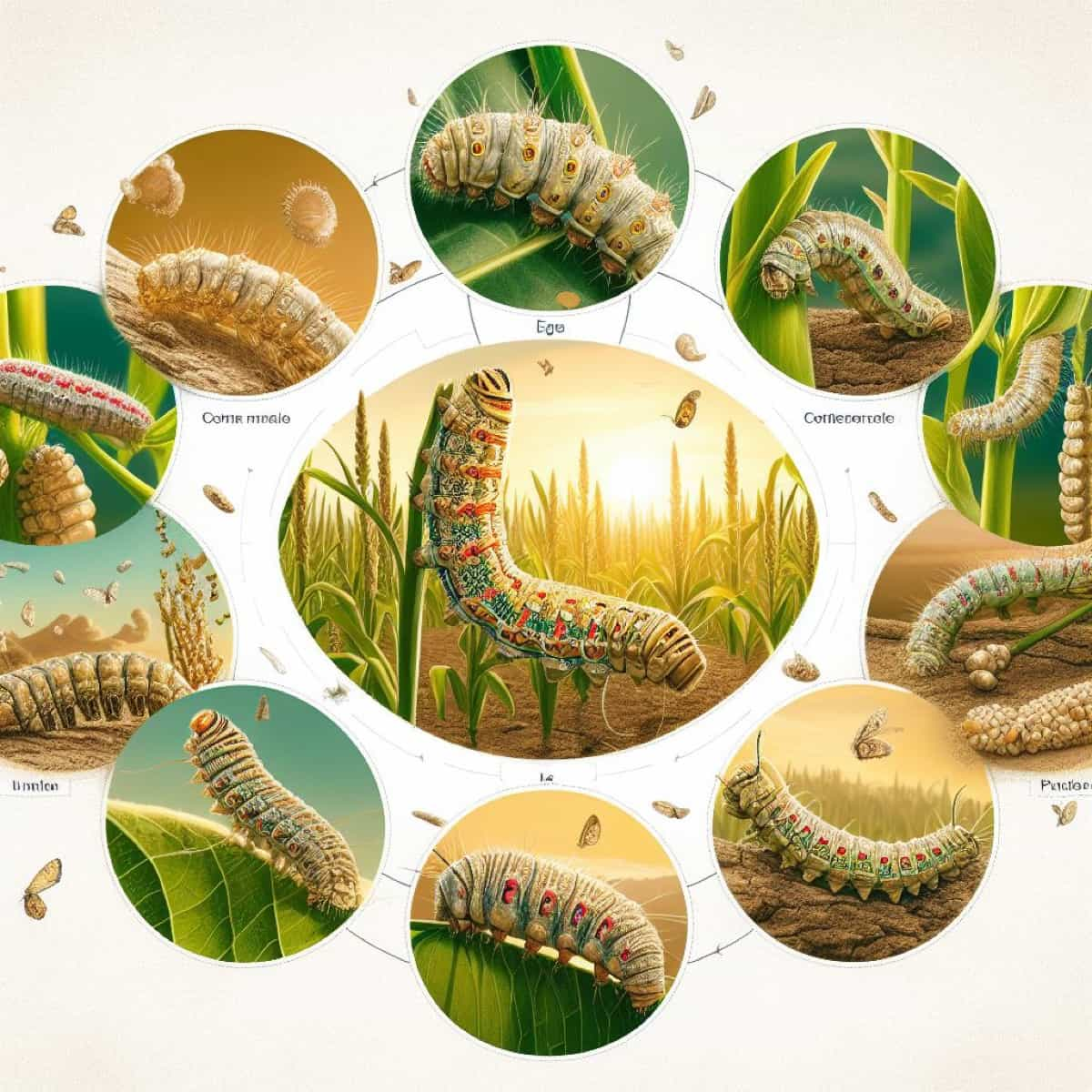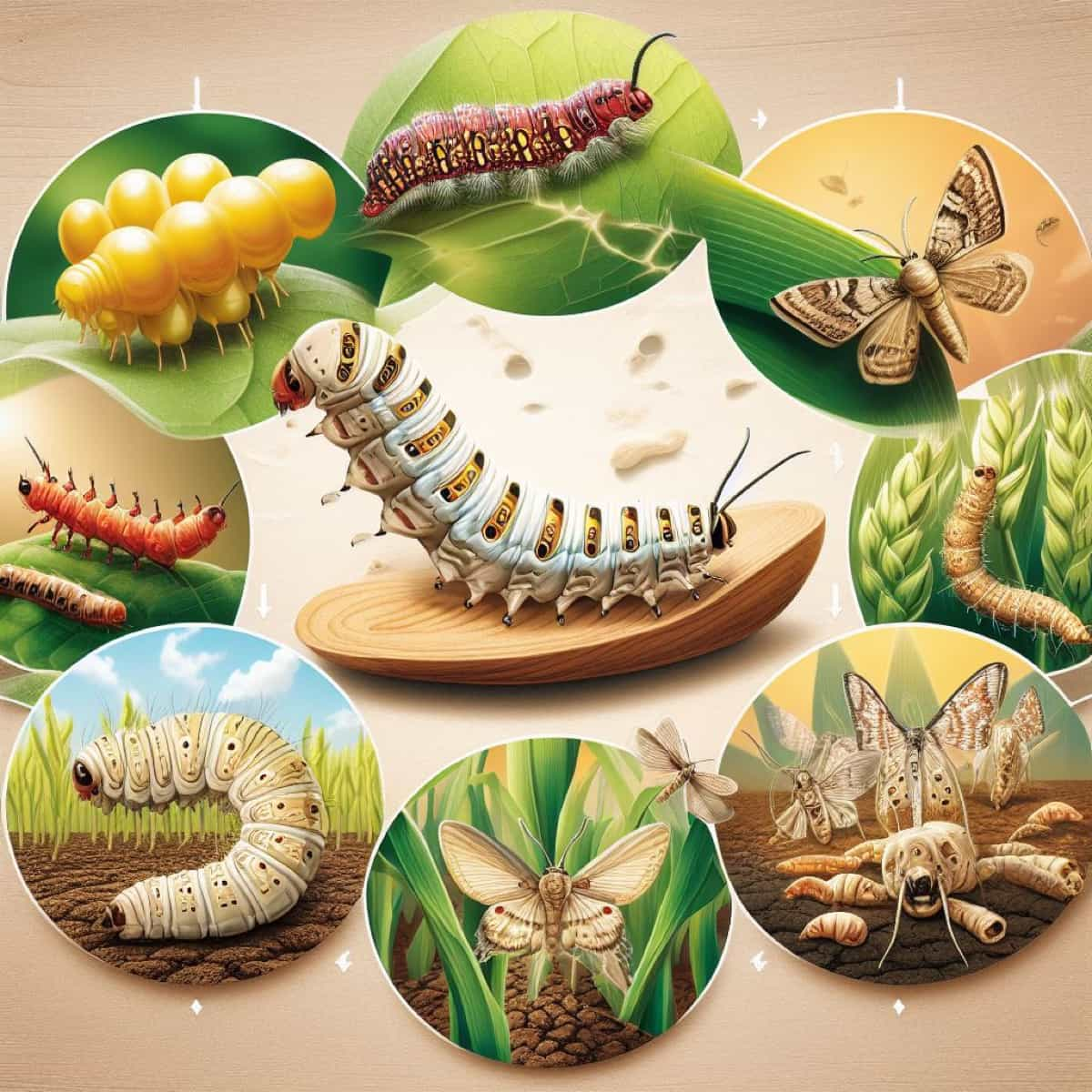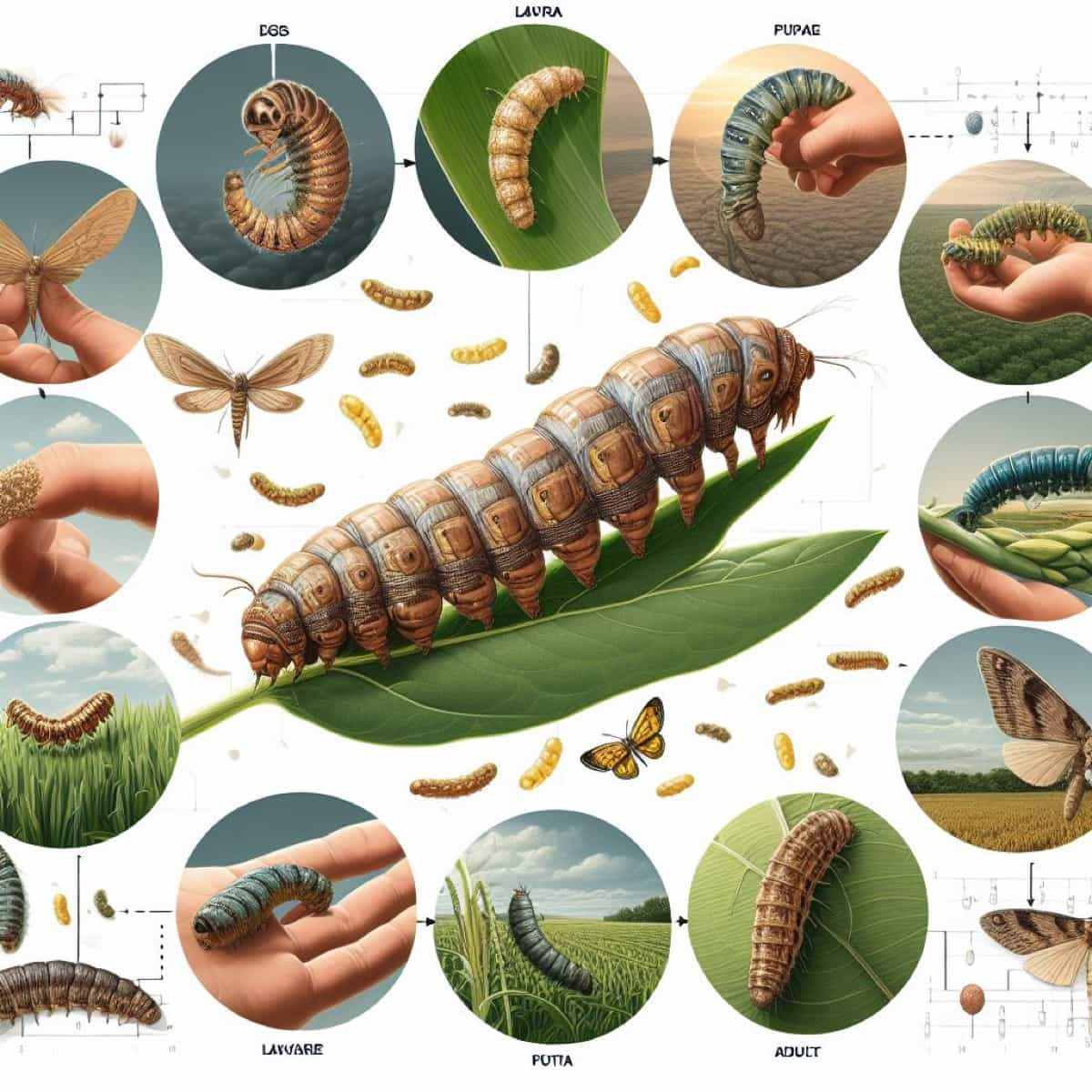As the threat of Fall Armyworms looms over agriculture, implementing effective biological control methods is imperative for safeguarding crops. These voracious pests can wreak havoc on maize and other vital crops, posing a significant challenge to food security. Best practices for Fall Armyworm prevention emphasize the utilization of natural enemies, such as parasitoids and predators, to curb infestations.

By harnessing the power of biological control, farmers can minimize reliance on chemical pesticides, ensuring a sustainable and environmentally friendly approach to pest management. This concise guide explores key strategies and recommendations to empower farmers in successfully combatting Fall Armyworms through biocontrol methods.
Biological Control Methods for Fall Armyworms
Introduction to Fall Armyworms
Fall Armyworms (FAW) are destructive pests threatening global agriculture. Native to the Americas, they have rapidly spread to Africa, Asia, and beyond. These voracious caterpillars primarily target maize but also attack various crops, posing a severe threat to food security. Identified by their distinctive feeding patterns and rapid reproduction, FAW infestations can devastate entire fields.
Integrated pest management strategies, including biological controls and early detection, are crucial for mitigating their impact. Timely intervention is essential to safeguard crops and ensure sustainable agricultural practices worldwide.
Understanding the Threat of Fall Armyworms
Fall Armyworms pose a significant threat to agriculture worldwide. These voracious pests target over 80 plant species, including crucial crops like corn and rice. Originating in the Americas, they’ve rapidly spread to Africa, Asia, and beyond, devastating harvests. Recognizing Fall Armyworm symptoms, such as leaf damage and frass, is crucial for early detection.
In case you missed it: Cultural Control Methods for Fall Armyworms: Best Practices for Fall Armyworm Prevention

Integrated pest management, using natural enemies and resistant crop varieties, is vital for control. Timely interventions, like biopesticides, can help mitigate the economic and food security risks associated with Fall Armyworm infestations. Agricultural communities globally must collaborate to combat this persistent menace.
Biological Control Approaches for Fall Armyworms
Biological control approaches for Fall Armyworms (FAW) focus on utilizing Telenomus or Trichogramma wasps for egg parasitism. Trichogramma wasps, despite potential limitations related to egg mass scale thickness, are considered effective. Area-wide releases, ranging from 20 to 40 per hectare at three-day intervals, ensure a constant presence of adult wasps for proactive egg parasitism.
This strategy is implemented early in the season to curb the spread of FAW. Synchronization of parasitoid release with FAW egg masses is crucial for biocontrol efficacy. While physically searching for egg masses is labor-intensive, pheromone traps are preferred for monitoring FAW moth arrivals.
Parasitoids as Biological Control Agents
Parasitoids are crucial biological control agents in pest management. These tiny organisms, often wasps or flies, lay eggs on or within host pests. Upon hatching, parasitoid larvae consume the host, ultimately leading to its death. This natural process helps regulate pest populations, maintaining ecological balance.
Unlike parasites, parasitoids kill their hosts, making them effective biocontrol agents. Integrating parasitoids into agricultural ecosystems offers sustainable pest control, reducing reliance on chemical interventions and promoting a healthier environment. Understanding and harnessing the role of parasitoids enhances agricultural practices while preserving biodiversity.
Predators as Biological Control Agents
Predators, as biological control agents, play a vital role in managing pests naturally. These organisms, such as ladybugs, lacewings, and predatory beetles, feed on harmful pests, helping to regulate their populations. This sustainable approach reduces the need for chemical pesticides, promoting ecological balance.
In case you missed it: Best Homemade Organic Pest Control for Bed Bugs: Natural Methods to Get Rid of Bed Bugs

Employing predators as biological control agents enhances agricultural practices, preserves biodiversity, and minimizes environmental impact. Embracing these natural solutions contributes to healthier ecosystems and more resilient crops, fostering a harmonious coexistence between agriculture and the environment.
Entomopathogenic Fungi for Controlling Fall Armyworms
Entomopathogenic fungi, like Beauveria bassiana and Metarhizium anisopliae, are crucial in controlling Fall Armyworms. These fungi infect and kill the larvae, disrupting their life cycle. When applied as biopesticides, they offer an eco-friendly alternative to chemical pesticides, minimizing environmental impact. These fungi adhere to the insect cuticle, penetrate the host, and subsequently release toxins. Effective in diverse climates, entomopathogenic fungi play a pivotal role in sustainable agriculture by reducing reliance on conventional pesticides and promoting a balanced ecosystem.
Bacterial Control Agents for Fall Armyworms
Bacterial Control Agents, like Bacillus thuringiensis (Bt), are effective against Fall Armyworms. It produces proteins toxic to specific insect pests, causing their demise while remaining environmentally friendly. These agents act by disrupting the digestive systems of Fall Armyworm larvae, ensuring crop protection. Farmers can employ Bacterial Control Agents as a sustainable alternative to chemical pesticides, minimizing ecological impact and promoting integrated pest management practices.
Biological Control Using Nematodes
Biological control using nematodes is an eco-friendly approach to managing pests. Beneficial nematodes, such as Steinernema and Heterorhabditis species, target insect larvae in the soil. Once applied, they seek out and infect pests, releasing bacteria that kill the host. This method is safe for humans, animals, and plants, reducing the reliance on chemical pesticides. Nematodes play a crucial role in integrated pest management, offering sustainable and effective control in agriculture and horticulture and promoting a balanced ecosystem.
Plant-Mediated Biological Control of Fall Armyworms
Plant-mediated biological control of Fall Armyworms involves using plants to manage these pests. Certain crops emit volatile organic compounds that attract natural enemies of Fall Armyworms, such as parasitic wasps. Intercropping with plants like maize and legumes can enhance this effect, reducing pest infestations. Additionally, cultivating insect-resistant crop varieties promotes a natural defense mechanism. This eco-friendly approach harnesses the power of plants to create a balanced ecosystem, minimizing the need for chemical pesticides and fostering sustainable agriculture.
In case you missed it: DIY Citrus Oil Spray for Houseplant Pests: Homemade Natural and Organic Bug Control Recipe

Integrated Pest Management Strategies for Fall Armyworms
Integrated Pest Management (IPM) for Fall Armyworms involves a holistic approach to minimize crop damage. Cultural practices like crop rotation disrupt their life cycle. Natural enemies such as predators and parasitoids can be encouraged. Early detection through regular scouting helps implement timely interventions.
Biopesticides, like Bacillus thuringiensis, are effective and environmentally friendly. Additionally, planting resistant crop varieties and employing pheromone traps for monitoring can enhance control. By combining these strategies, farmers can mitigate Fall Armyworm impact sustainably, promoting both crop health and environmental balance.
Conclusion
Implementing Integrated Pest Management (IPM) for Fall Armyworms is pivotal. Employ cultural practices, encourage natural enemies, and utilize eco-friendly solutions like biopesticides. Timely interventions and collaborative efforts are essential for sustainable pest control and safeguarding global agriculture.
- Beneficial Insects in Pest Management
- Natural Solutions for Pest Control in Flower Gardens
- Types of Fungicides Used in Agriculture
- Common Issues in the Fruit Development Stage of Pomegranate Farming
- Fruit Development Issues in Papaya: Easy Solutions and Treatment
- Soil-Borne Diseases and How to Protect Your Plants
- Practices to Prevent Disease Spread in the Garden
- From Wilted to Thriving: How to Treat Root Rot Naturally in Houseplants
- Natural Remedies to Cure Brown Spots on Fig Tree Leaves